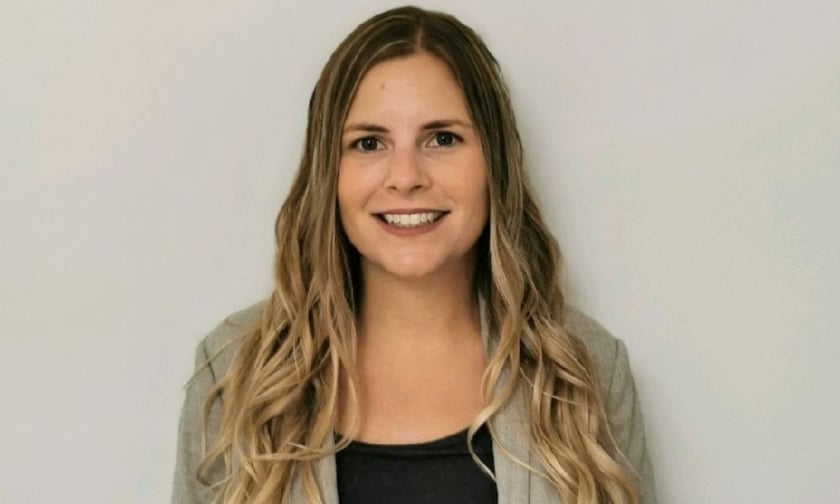

Insurance fraud continues to be a major challenge within the industry, with one emerging threat being ghost broking—a deceptive practice that exposes unsuspecting customers to significant financial and legal risks.
Ghost brokers impersonate legitimate insurance agents, enticing consumers with seemingly irresistible policies offered at shockingly low rates. Unfortunately, these policies are often either entirely fictitious or packed with inaccuracies, resulting in dire consequences when customers attempt to make claims.
For brokers, recognizing the signs of ghost broking is not just important; it is essential for protecting clients and maintaining the integrity of the insurance market. By staying vigilant and informed, brokers can play a critical role in helping customers avoid these scams and secure legitimate coverage.
According to Jamie Lee (pictured), head of fraud and financial crime at Aviva, ghost broking has deep roots in the UK and is now increasingly being seen in North America. “Probably over the last two to three years, we’ve started to become aware that this was moving into the Canadian market.”
Earlier this month, Aviva issued a press release warning clients and brokers about a threat actor advertising on social media platforms like Facebook, falsely claiming to be affiliated with Aviva and selling fake insurance.
Reflecting on the incident, Lee emphasized the importance of proactive measures: “We have been actively trying to identify where these ghost brokers are and create awareness for our customers as much as possible, because that’s really the best thing we can do is try and stop it before the customer even takes out the policy in the first place.”
Ghost brokers typically offer consumers insurance at unusually low prices, promising significant savings. However, this reality is far from true, as these devasting scams can cost unsuspecting victims in the long run.
“One way these fraudsters operate is by taking the full payment from the customer upfront and keeping it without ever setting up a legitimate policy,” Lee explained.
More commonly, ghost brokers take out policies for clients with insurance companies using falsified information to secure the lowest premiums possible. Lee shared: “They’ll tell customers they are fully covered for their property or vehicle, but when it comes time to file a claim, the details don’t match.”
As a result, customers may find themselves financially responsible for claims they believed were covered.
Ghost brokers also take advantage of informal communication channels, making it harder for customers to verify their legitimacy. Lee highlighted how these scammers often contact potential victims through social media platforms or messaging apps like WhatsApp or Facebook Messenger, often requesting cash payments or e-transfers.
“Typically, they won’t have a professional website or a formal email address—often using personal accounts like Gmail or Hotmail,” Lee said. These fraudsters may even try to arrange to meet in public places rather than at an official office, which is another red flag customers should be wary of.
Brokers play a vital role in safeguarding their clients, colleagues, and the wider insurance industry. Key tips for brokers on how to report ghost broking activity include:
